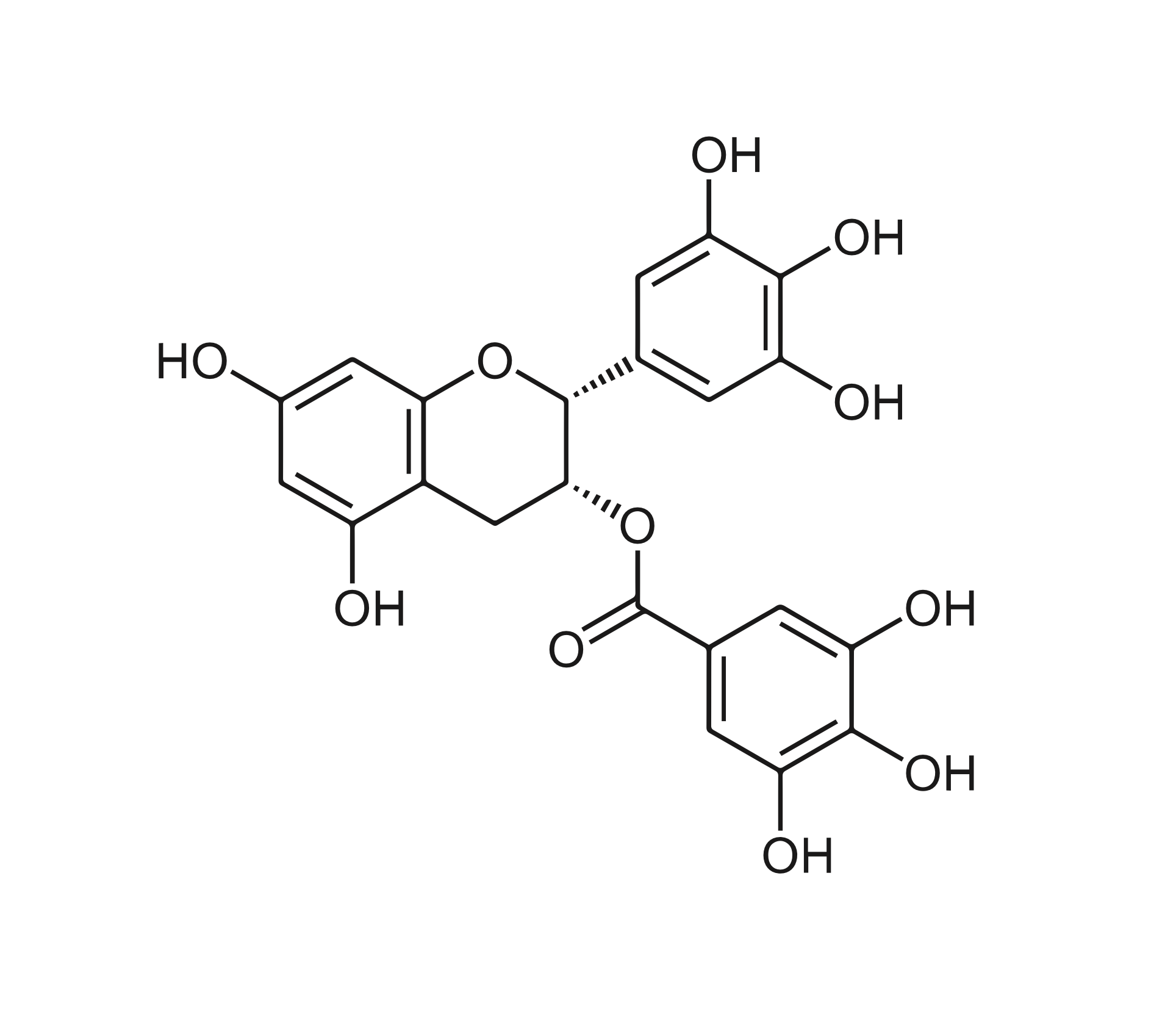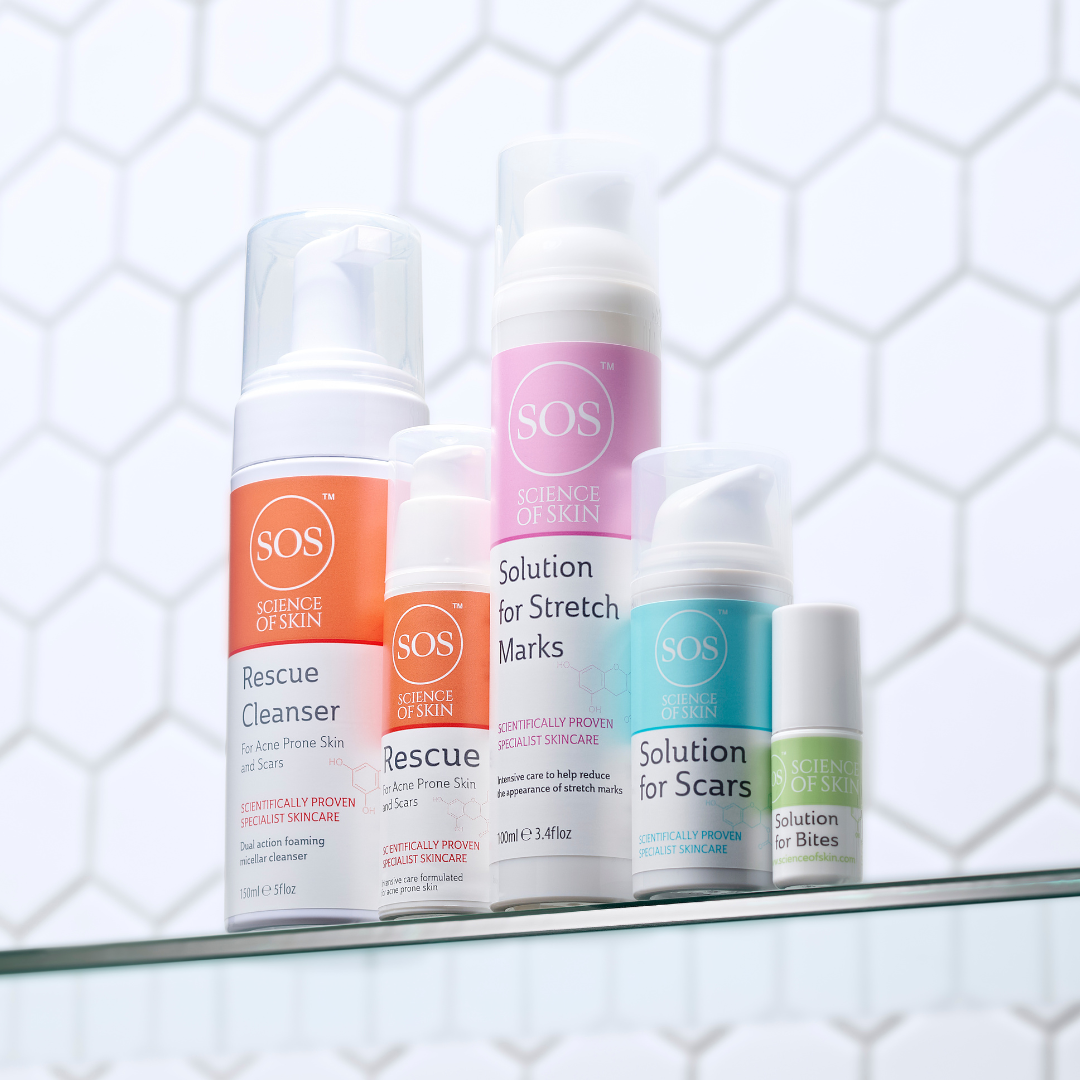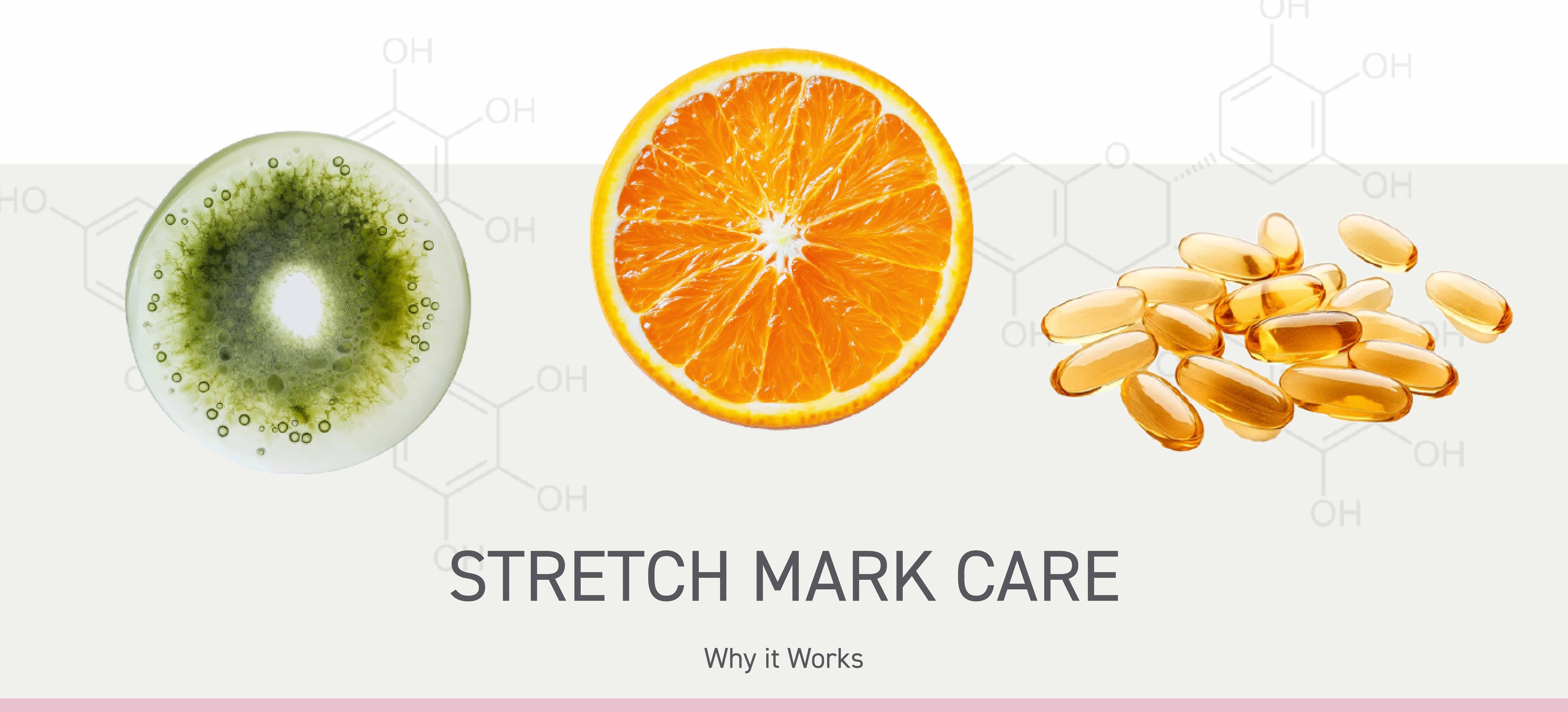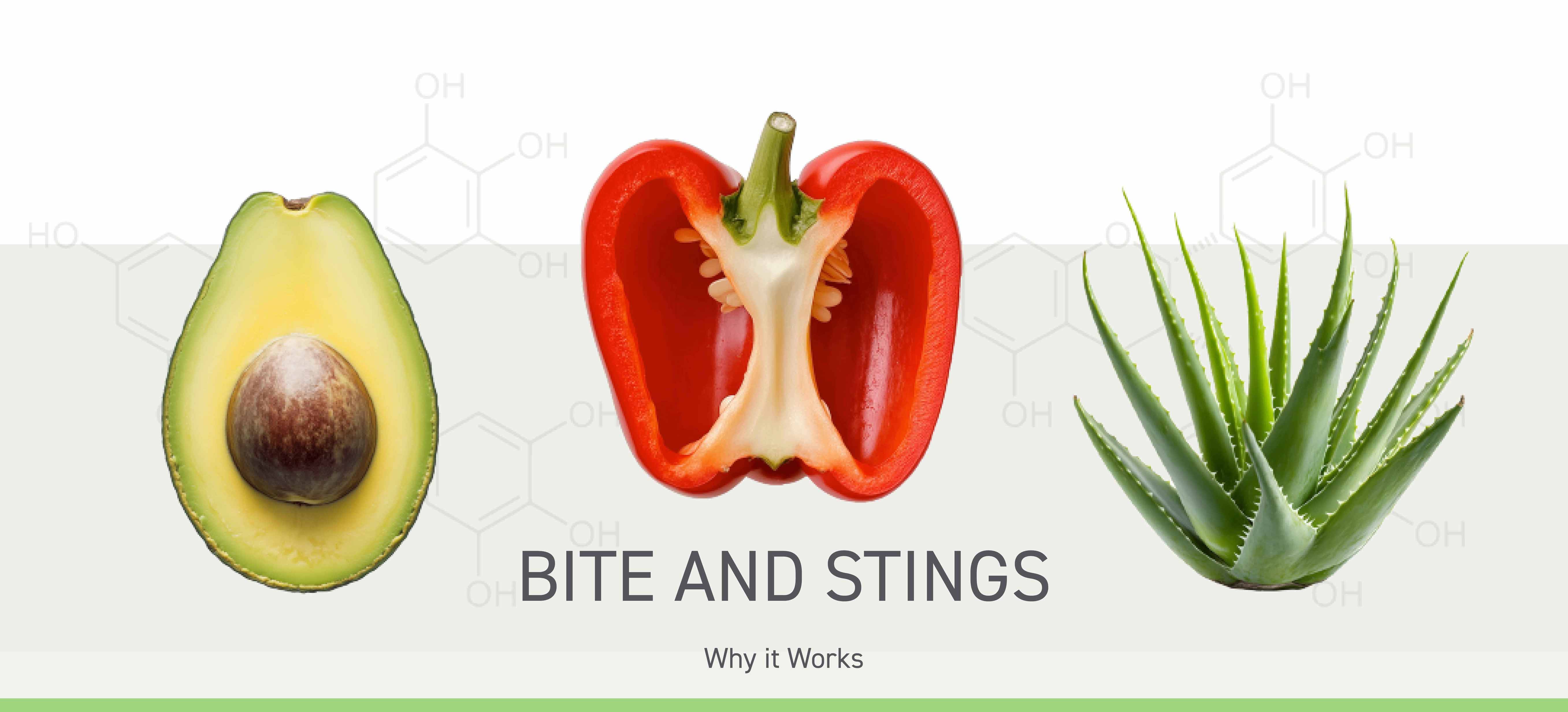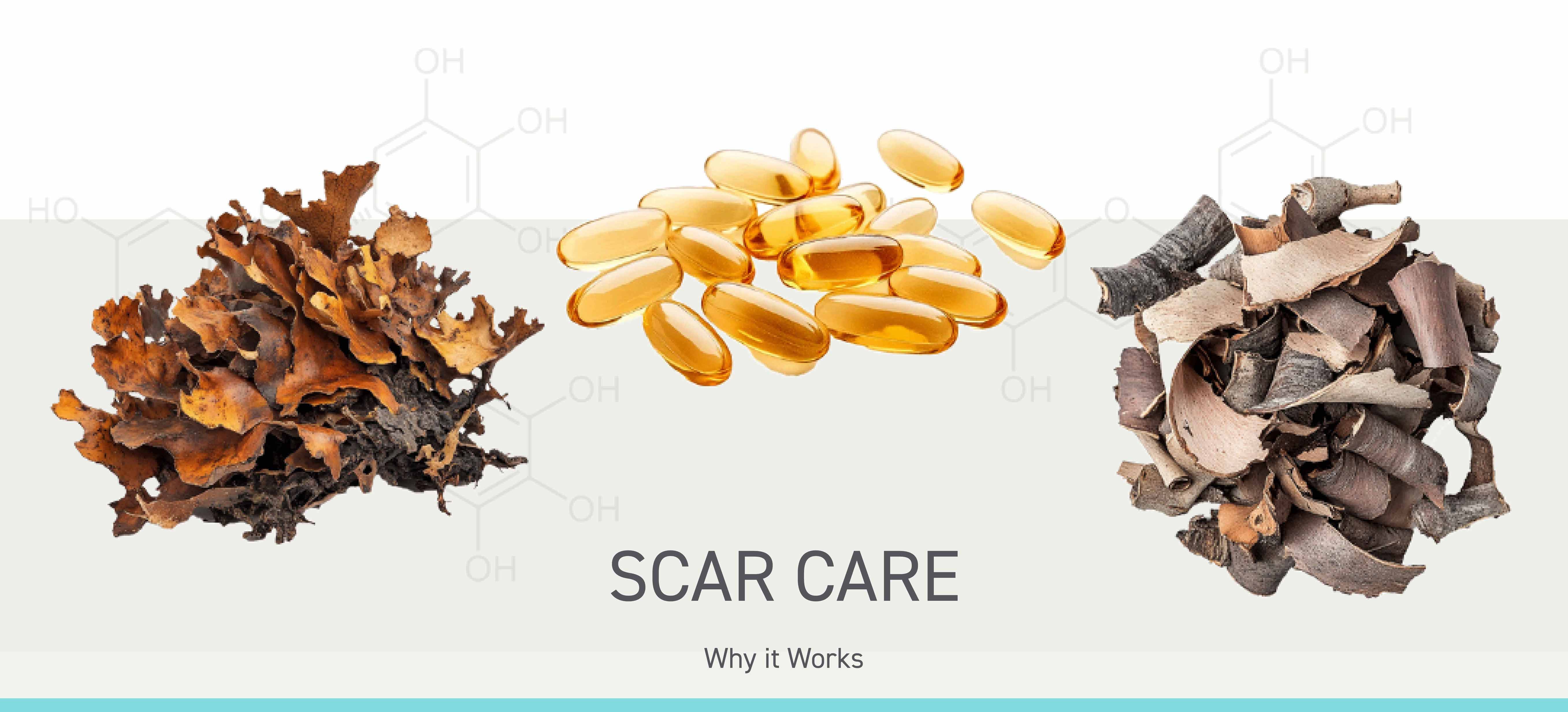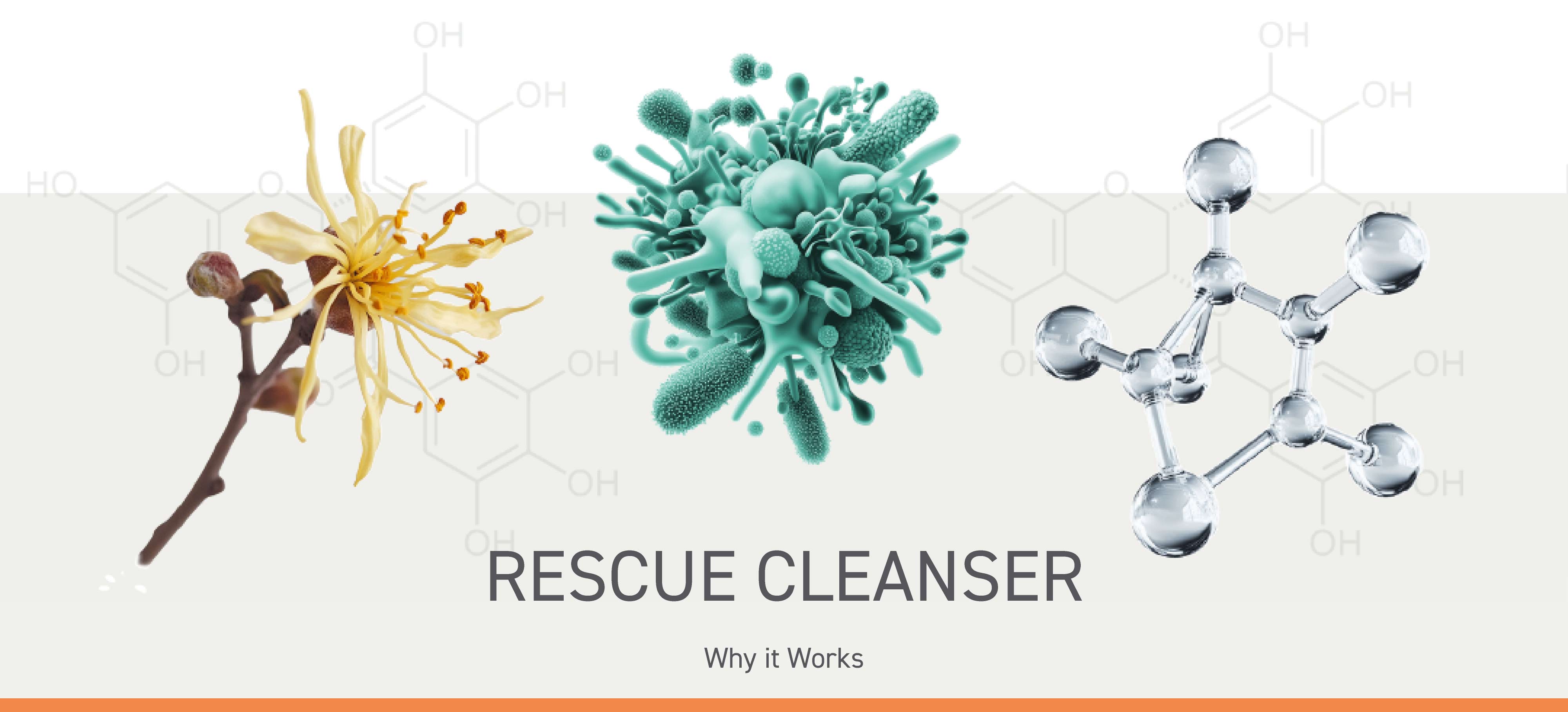The Natural Actives Behind the Science
Every ingredient has its purpose
EGCG
Science of Skin products contain a superhero ingredient epigallocatechin gallate (EGCG), a unique plant compound found in green tea.
This powerful phytochemical has been rigorously tested in our lab and is clinically proven to reduce redness, scarring , reduce the presence of free radicals and increase hydration.
WHAT WE LEAVE OUT
What you can trust you won’t be getting across our range
You can trust that we are leaving out the nasties:
- NO Artificial Fragrances
- NO Unnecessary Preservatives
- NO Harsh Ingredients
- NO Animal Testing
Using Vitamin C, a powerful antioxidant that helps repair damage through enhancing cellular performance.
Combined with Micro Algae, an intensely hydrating natural ingredient, also know as the second skin. Mixed with Vitamin E, nature’s most powerful antioxidant and skin protector.
Formulated with Pro Vitamin 5 to support skin repair. Paired with Aloe Vera to cool and hydrate.
Finally the addition of Capsicum, to naturally numb the skin from irritation and burning sensation.
Our Hero product uses Magnolia Bark as it is a natural, powerful inflammatory that helps reduce redness.
To support the skins hydration Pheohydrane is used, it balances the skin and supports it to naturally repair and rejuvenate.
This cleanser is so effective because of it’s key ingredient pairing, Salicylic Acid and Witch Hazel, unclogging pores to fight against blemishes and help prevent against excess sebum build up.
